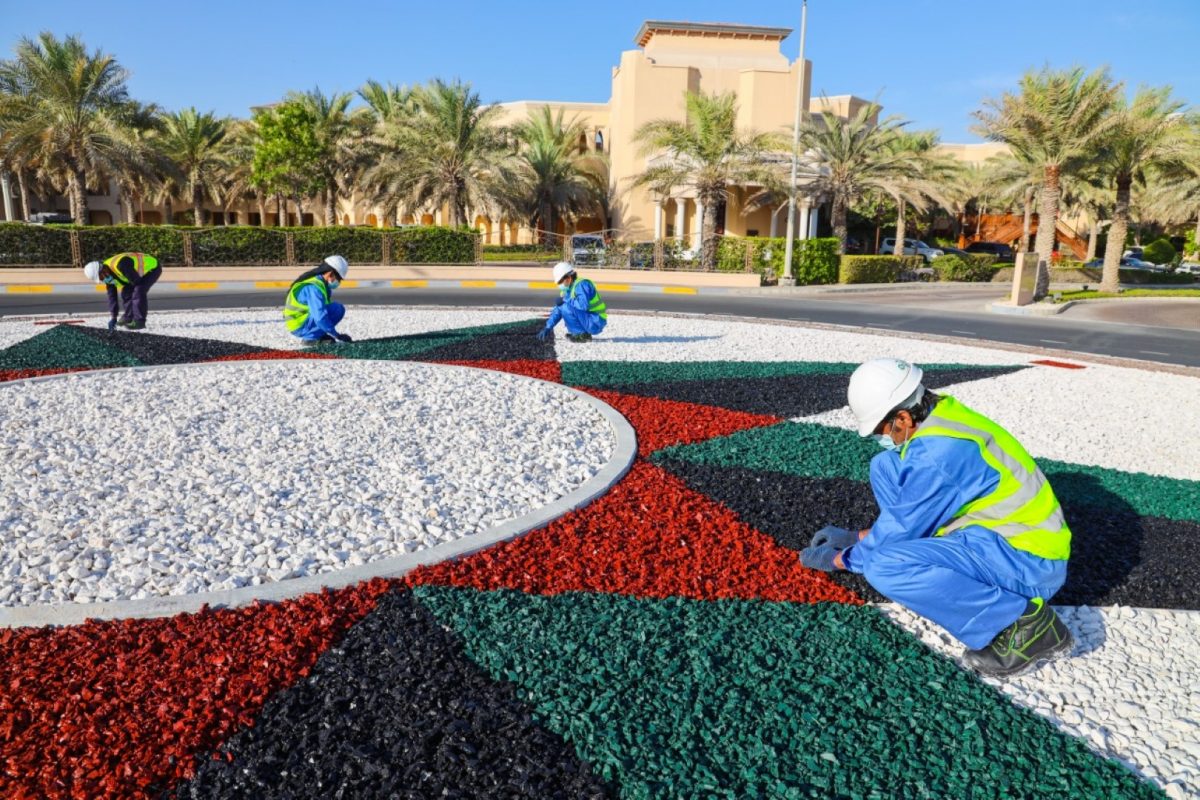Introduction In the realm of gardening, space is often a precious commodity, especially for those tending to small gardens or...
Green living
Introduction For those with a passion for gardening, there's nothing quite like the satisfaction of nurturing plants and watching them...
Introduction When it comes to gardening innovation, building your own pole bean trellis opens up a world of possibilities for...
Indoor Greenery: Bringing Life into Your Home Exploring the World of Large Indoor Plants In the hustle and bustle of...
Upcycled Wonders: Transforming Landscapes with Sustainable Materials Landscaping has evolved beyond the traditional use of materials, paving the way for...









